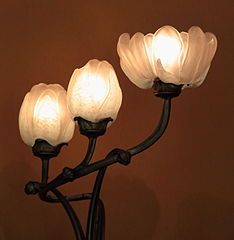Contemplating the Triple Bottom Line, Where Investments Pay Returns Financially, Socially, and Environmentally

Yes, it would be terrific, for example, if a business had a more precise way to quantify the benefits of what it’s doing when it reduces its carbon footprint or improves the LCA (lifecycle analysis) of the products it builds.
I think it would be easy to overcomplicate, as well as to oversimplify, however. Each industry, and each business within it, has its own unique relationship with its stakeholders: supply chain, employees, investors, and customers – as well as with the civilization at large. As to quantifying social and environmental good, we may run into horrific “apples and oranges” issues. Through a ripple-effect, one strategy might result in better world health, another in reduced CO2 emissions, and a third in more promise for innovation of new, potentially world-changing technology. Good luck determining which one’s best.
In terms of exact calibrations of social and environmental good, we may have to content ourselves with the approach for which 20th Century U.S. Supreme Court Justice Potter Stewart is best remembered regarding a precise definition of pornography: “It’s hard to define, but I know it when I see it.”

In Europe, electrical products are labelled according to their energy efficiency which I suppose is a step to making product environmental impacts transparent, however the current methodology is I think flawed as only energy / emissions in use are taken into account and no allowance is made for environmental impacts in the rest of the life cycle – manufacture, transport, maintenance and recycling.
As such, a very poorly made appliance such as a washing machine which is thrown away after 300 cycles can look as clean as a top quality machine which will last 1500 cycles just because it uses the same amount of electricity and water every time you switch it on!
Factors like these need to be included in the labeling if we are to get a true picture.
Like the author says, it is easy to both overcomplicate and oversimplify – but let’s try to start somewhere!